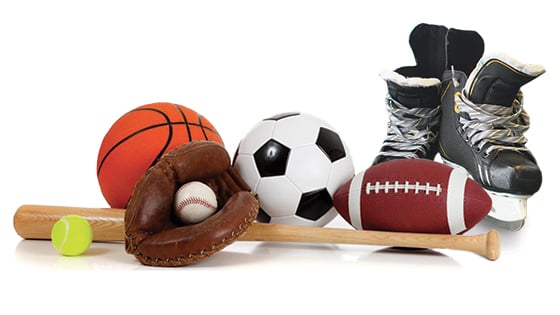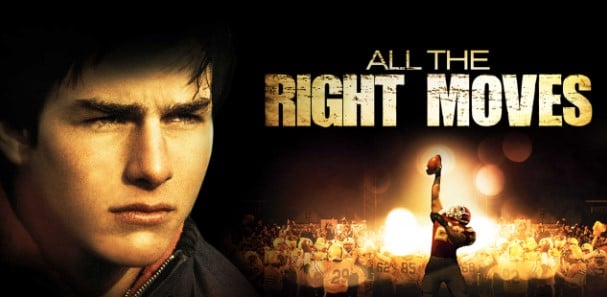Beyond the Game: Understanding and Addressing Concussion Risks in Youth Sports
 As Athletic Trainers, you're probably aware of this, but... those moody or temperamental teen athletes may actually be displaying symptoms of a more serious issue: a concussion.
As Athletic Trainers, you're probably aware of this, but... those moody or temperamental teen athletes may actually be displaying symptoms of a more serious issue: a concussion.
 Kelsey Turner, a nurse at the Neuroscience Intensive Care Unit at UW Health, shares your perspective.
Kelsey Turner, a nurse at the Neuroscience Intensive Care Unit at UW Health, shares your perspective.
Turner experienced concussions herself during her volleyball days and admits to not taking the injuries seriously enough at the time, a common attitude among young athletes.
“I got my concussions during volleyball. I would just kind of throw myself around everywhere. I would smack my head on the floor a few times, or get hit in the head with a ball. I never took them as seriously as I probably should have because all of the research behind concussions and stuff wasn’t necessarily out, or was big news when I was getting them.”
The issue of sports-related head injuries has gained prominence, particularly in light of recent incidents in professional sports like the NFL. In Wisconsin, where their concussion protocol is 13 years old, reports of concussions are increasing.
Wisconsin's State Concussion Law, implemented in 2011, mandates educational efforts and strict guidelines for dealing with suspected concussions in athletes. This law requires that athletes with suspected concussions be immediately removed from play and not return the same day.
The Madison Metropolitan School District (MMSD) and the Wisconsin Interscholastic Athletic Association (WIAA) have worked over the past decade to improve the recognition and reporting of concussions in youth sports.
 Dr. Traci Snedden, a researcher at UW–Madison specializing in adolescent concussions, collaborated with MMSD to develop the district's first concussion policy. This policy is comprehensive, covering everything from the time of injury to providing medical and educational support.
Dr. Traci Snedden, a researcher at UW–Madison specializing in adolescent concussions, collaborated with MMSD to develop the district's first concussion policy. This policy is comprehensive, covering everything from the time of injury to providing medical and educational support.
According to Snedden, MMSD has been "extremely progressive" in embracing studies and initiatives surrounding concussions.
MMSD Athletic Director Jeremy Schlitz notes that awareness and communication about concussions have significantly improved, leading to more cautious approaches in dealing with potential head injuries.
Initially, there was some resistance to the new protocols, but now, as Schlitz points out, there's a broader understanding and acceptance of these precautionary measures.
However, the landscape is changing with the introduction of rules allowing college athletes to benefit from their name, image, and likeness.
Snedden observes that this has made young athletes and their families more cautious about reporting injuries, fearing it might jeopardize future opportunities.
MMSD is actively addressing this challenge by collaborating with UW Health to provide Athletic Trainers for student evaluations and support. These ATs are available after school and during games, ensuring timely and professional assessment of any injuries.
The question of safety in youth sports remains a concern for many parents. MMSD, while acknowledging the inherent risks, emphasizes the benefits of sports, including community engagement, skill development, and mental health benefits.
According to Snedden, the combination of safe play, knowledge of risk-reducing training, and proper injury recognition and management makes youth sports a valuable part of childhood. This balanced approach aims to ensure that young athletes stay both active and safe.
Read the full story!
![HR Logo [Recovered]_Full Color Vertical-1](https://blog.healthyroster.com/hs-fs/hubfs/HR%20Logo%20%5BRecovered%5D_Full%20Color%20Vertical-1.png?width=199&height=178&name=HR%20Logo%20%5BRecovered%5D_Full%20Color%20Vertical-1.png)
 By
By


